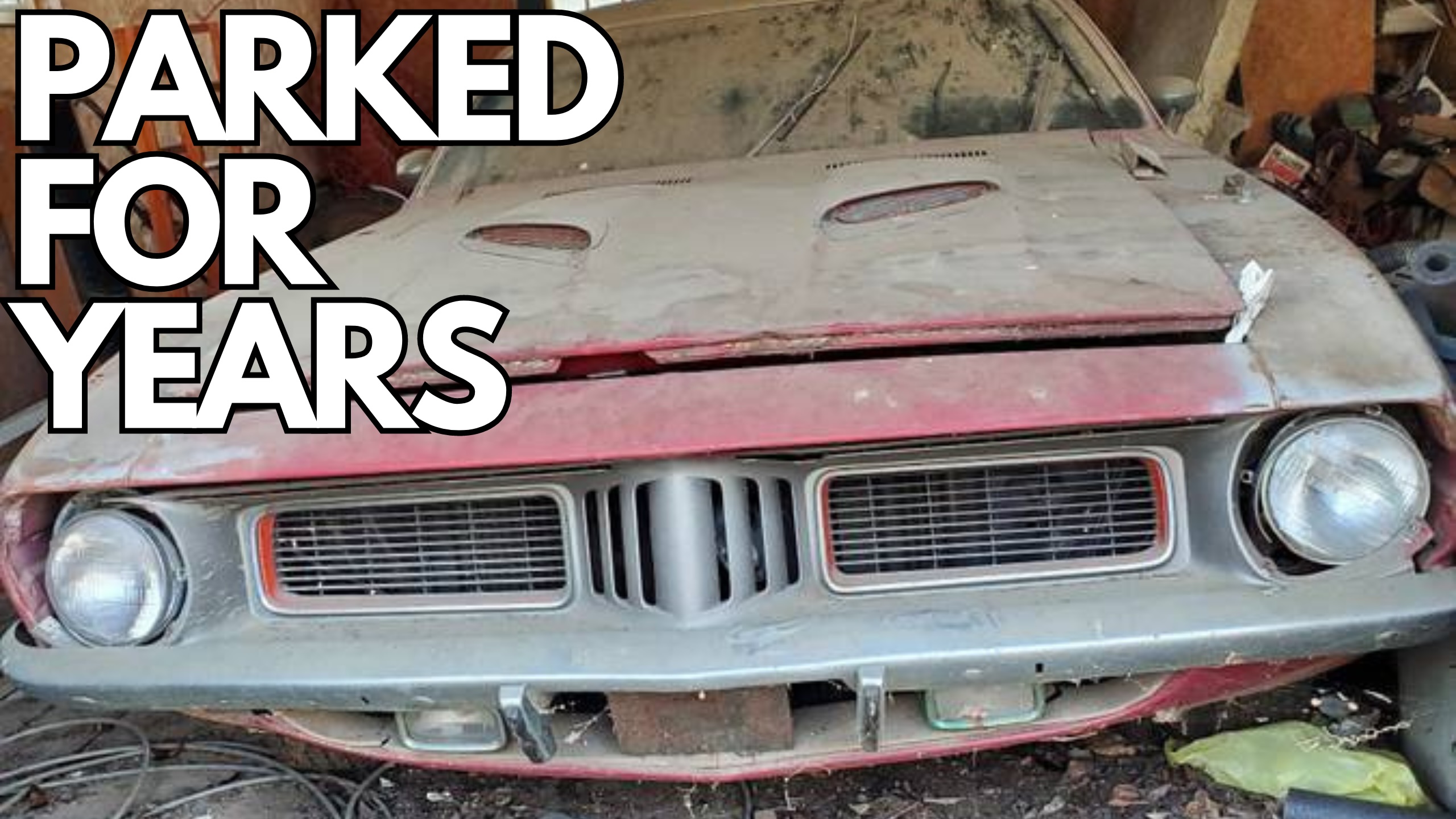Many people, including some diehard Barracuda fans, believe Plymouth’s superstar lost its customer appeal in the early ’70s, mostly due to all the changes that happened in the engine lineup.

The frustrating drop in performance wasn’t specific to the Barracuda, though. Plymouth just followed the trend dictated by General Motors, as all brands became less focused on performance to align with the new emission regulations.

Many big-block engines waved goodbye even to sport-oriented models, so the Barracuda series somehow became more boring for customers.

For example, the 1972 Barracuda could be had with a choice of two six-cylinder units, including a 198 unit with 100 horsepower and a 225 with 110 horsepower. The 318 with 150 horsepower was the most common choice for this model year, as it still delivered more power than the lazy six-cylinders.
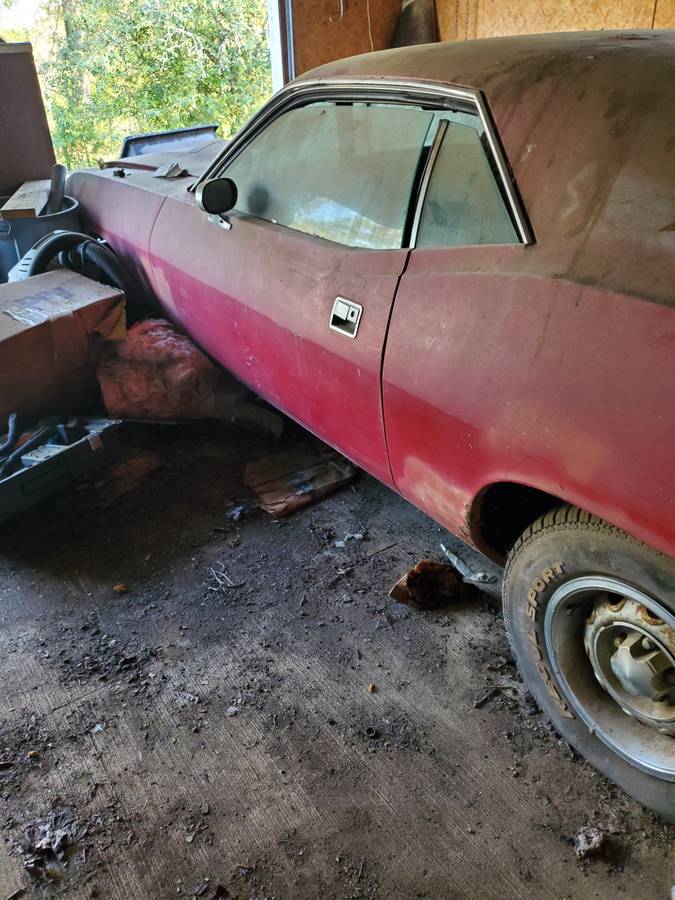
The 1972 Barracuda you can see under that thick layer of dust comes with the same engine, though its current condition is as mysterious as possible. The Barracuda has likely been sitting for a long time, but the seller does not share such information. They claim the engine was running when they moved the car to storage, but otherwise, the 318 is a huge enigma for everybody.
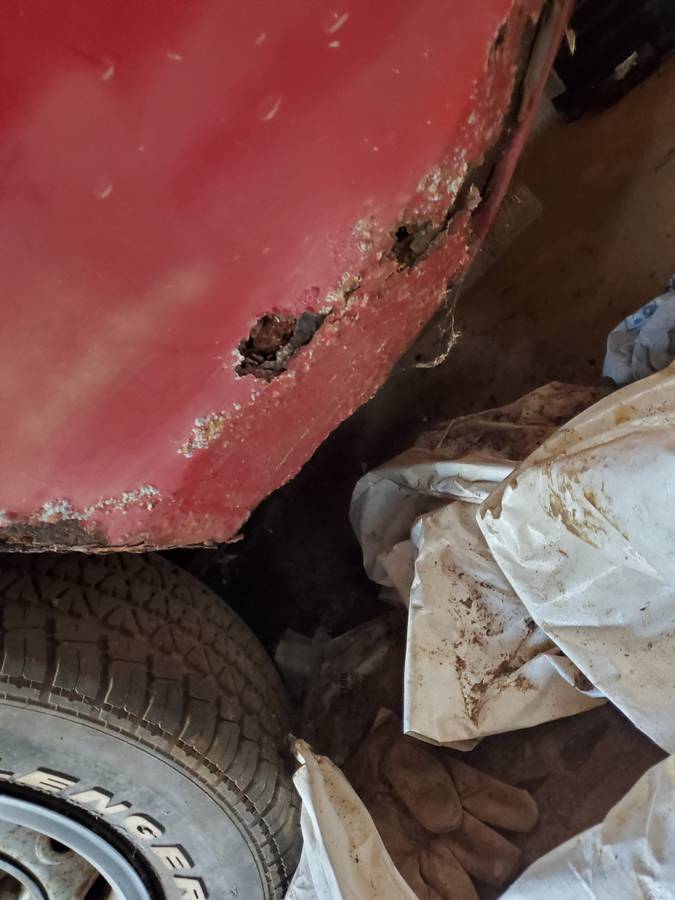
The car’s condition aligns with the barn-find expectations. There’s occasional rust, possibly some missing parts, but the Barracuda still qualifies for a restoration. It’s a solid example of the 1972 model year, and if you can get the engine up and running, it could easily become a daily driver with a bunch of repairs.
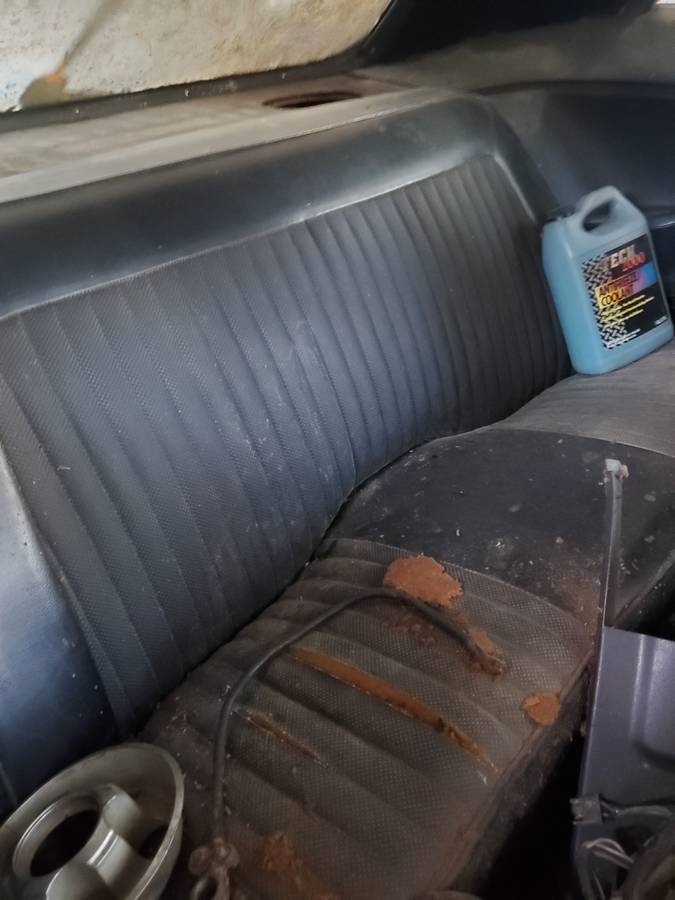
We’re not getting a look at the undersides, but I don’t expect the floors to be spotless. The car already exhibits rust damage, and the floors and the trunk pan likely come with more extensive problems. It’s unclear if you can fix them with regular patches or if you’ll have to get new floors altogether.
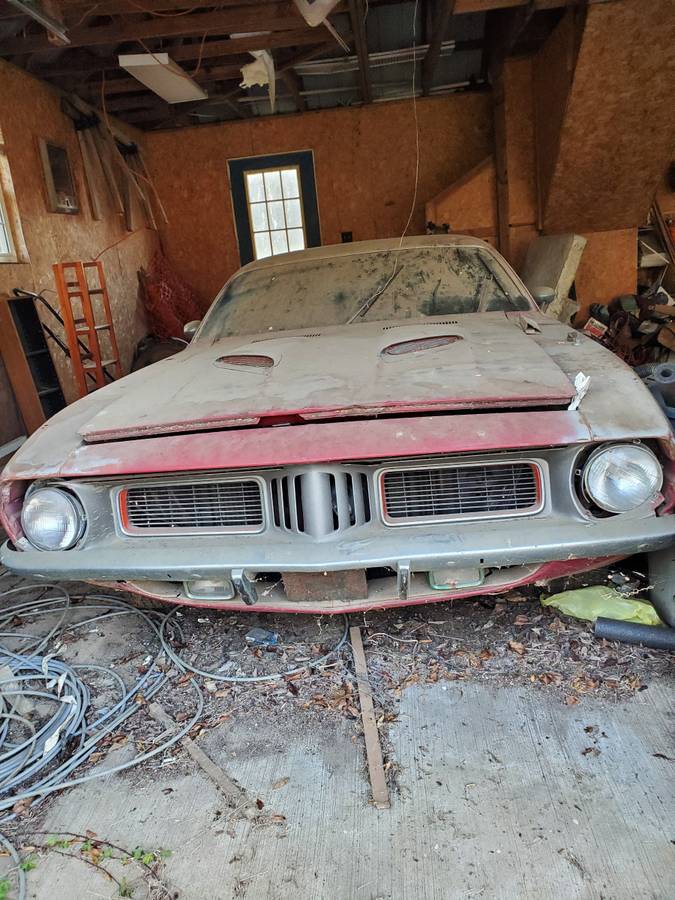
However, the owner seems optimistic about the car’s chances of generating a substantial profit. They wanted $20,000 for the Barracuda, and nobody could ask that much if the car came with many missing parts and wrecked body parts. As a result, despite the missing information, I believe this Barracuda could be a surprising project that ticks many boxes for a restoration process.
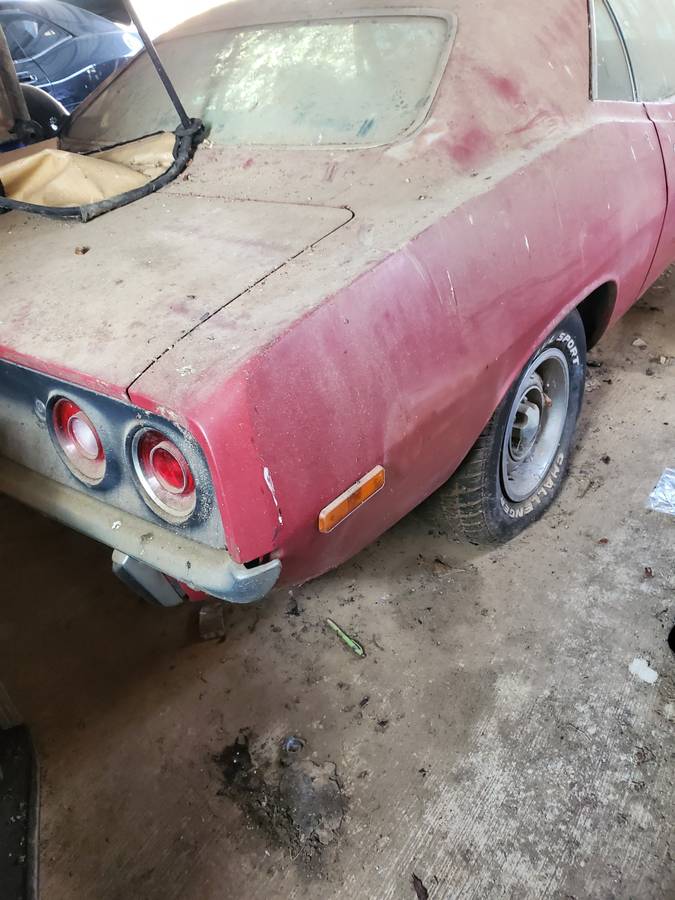
The listing still leaves several key questions without an answer. One of the first questions I’d ask the seller is how original the car continues to be today, as this would make it even more intriguing for those who want a Barracuda for their collection. If you want to see it in person, you must get a ticket for Shelbyville, close to Nashville. You’ll probably need a trailer to take it home, as the Barracuda doesn’t look road-worthy by any means.
